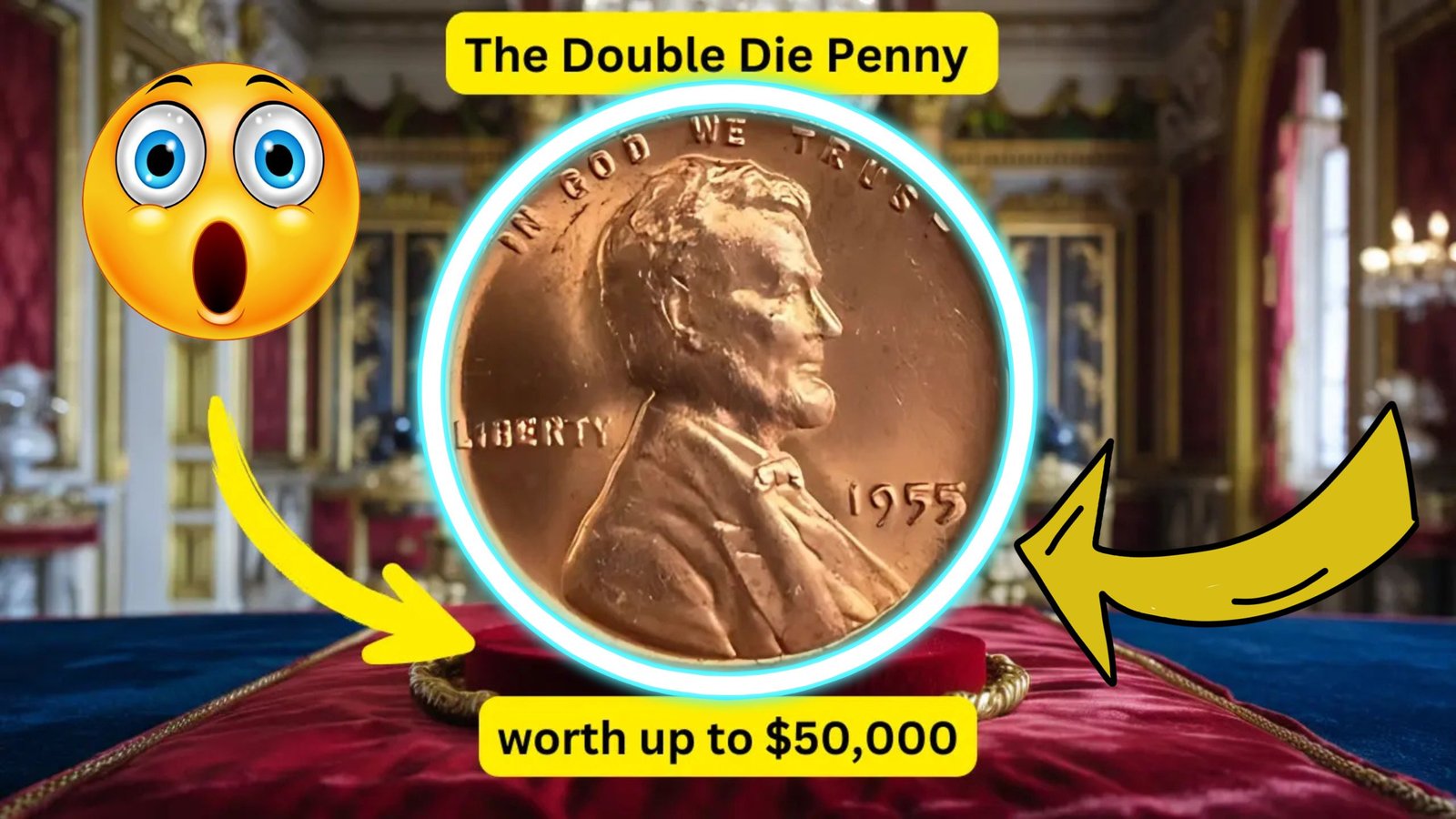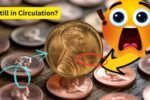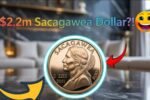1955 Double Die Penny : In 1955, the Philadelphia Mint produced a batch of Lincoln cents that included a striking mistake now known as the “1955 Double Die.” This error occurred when the coin’s image was imprinted twice on the die in slightly different positions, leading to noticeable doubling of the date and lettering on the obverse side. Initially released into general circulation, the coin quickly captured the attention of collectors and grew into one of the most sought-after pieces in U.S. coin history.
The Mechanics Behind the Doubling
The doubling was the result of a misaligned hubbing process, in which the working die received two impressions that were not perfectly aligned. The most dramatic effects are seen in “LIBERTY,” “IN GOD WE TRUST,” and the date “1955,” where the letters and numbers appear clearly duplicated. Because the doubling is so prominent to the naked eye, even non-experts can identify a genuine example, making it a visually striking error.
From Spare Change to Auction Block
When these error coins were first discovered, many were found in everyday change—famously surfacing in cigarette packs when pennies were given as change in cellophane wrappers. Over the decades, demand for pristine examples soared. Today, circulated versions can sell for thousands, while the finest uncirculated examples have fetched over $100,000 at auction, with one MS-65+ “Full Red” specimen selling for a record $124,875.
Why Collectors Still Chase It
The 1955 Double Die is more than just a valuable collectible—it’s a symbol of how minting errors can capture public imagination. Its fame helped popularize error coin collecting in the U.S., drawing attention to how a tiny deviation in the minting process could produce a numismatic treasure. For collectors, it’s a blend of rarity, historical intrigue, and unmistakable visual appeal.
Lessons for Modern Coin Hunters
The story of this penny serves as a reminder to always inspect your change. While the chances of finding a 1955 Double Die today are slim, coins with errors still enter circulation. Knowledge, patience, and attention to detail can turn a simple penny into a collector’s prize worth thousands—or even tens of thousands—of dollars.
Frequently Asked Questions (How The 1955 Double Die Penny Became A $50,000 Treasure For Modern Coin Collectors)
Q1: How many 1955 Double Die pennies were made?
About 40,000 were struck, with roughly 20,000–24,000 entering circulation before the error was noticed.
Q2: What is the value of a 1955 Double Die penny today?
Circulated examples often sell for $1,000–$3,000, while uncirculated “Full Red” specimens can exceed $50,000.
Q3: How can I tell if my penny is the real double die?
Look for strong doubling on “LIBERTY,” “IN GOD WE TRUST,” and the date. It’s distinct and visible without magnification.
Q4: Are there counterfeits of this coin?
Yes. Because of its fame, many fakes exist. Only buy coins graded and certified by reputable services like PCGS or NGC.
Q5: Can I still find one in my change today?
It’s highly unlikely, but rare finds have occurred. Most are now in collections or auction houses.



